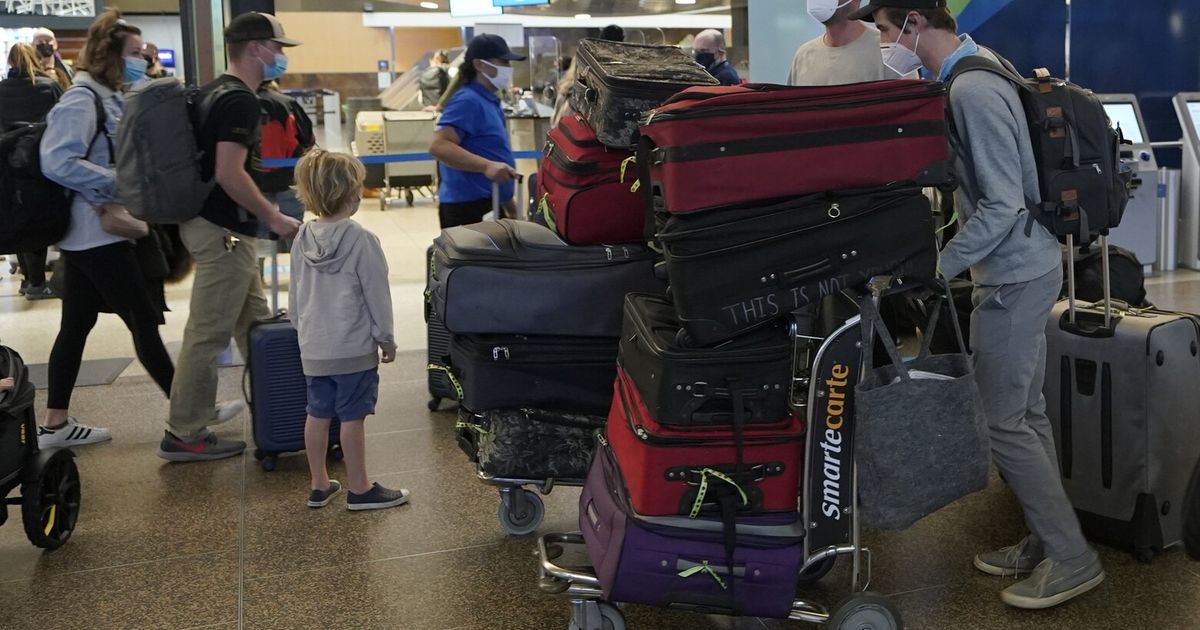
As the United States heads into the summer season, early indicators show the country is likely to experience an increase in COVID-19 infections. For the week ending June 8, the latest date for which data is available, COVID test positivity was 5.4% across the U.S., an increase of 0.8% from the previous week, according to data from the Centers for Disease Control and Prevention (CDC). In the Western region -- which is comprised of Arizona, California, Hawaii and Nevada -- COVID test positivity was 12.8%, higher than any other region of the U.S. The New England region -- made up of Connecticut, Maine, Massachusetts, New Hampshire, Rhode Island and Vermont -- had the next highest test positivity rate at 5.4%, matching the national rate.
Wastewater levels from the CDC show a significant increase in COVID-19 wastewater levels along the West Coast over the last month as well. However, COVID-19 wastewater levels in Wake County have remained steady. Doctors said a combination of improving virus management and high level of immunity is helping to prevent a mass spread.
Experts note that senior citizens and those with respiratory diseases should consider wearing a mask on airplanes, as sub-variants are spreading quickly. However, experts caution against drawing conclusions about the effectiveness of masks based solely on the decrease in cases among these vulnerable populations.
Health officials suggest that travel could be contributing to the increase in COVID-19 cases. With the summer travel season in full swing, more infections are likely. The Center for Disease Control and Prevention reported an increase of 0.8% in COVID-19 test positivity from the previous week.
Vaccination rates have fallen since last October in King County, and federal funding for COVID response has decreased. Doctors recommend that people take precautions as a summer COVID surge approaches in Seattle and the surrounding areas as travel season begins. Emergency department visits in King County have been rising since the end of April.
A summer COVID-19 surge is also being driven by the dominant new COVID-19 variant KP.3, which makes up 25 percent of cases in the United States and is more contagious than previous variants. FLiRT variants, including KP.3 and KP.2, account for over two-thirds of COVID-19 cases in the US.
The CDC reports that as of June 11, 2024, COVID-19 infections are growing or likely growing in 34 states and territories. The number of people reporting loss of sense of taste or smell is decreasing, and the proportions of people developing long Covid after their infections is going down.
Health experts warn that high-risk groups, including elderly individuals aged 75 and older and immunocompromised people, should take extra precautions during this time. The COVID-19 pandemic continues to evolve, and it is crucial for individuals to stay informed about the latest developments in order to protect themselves and their communities.







